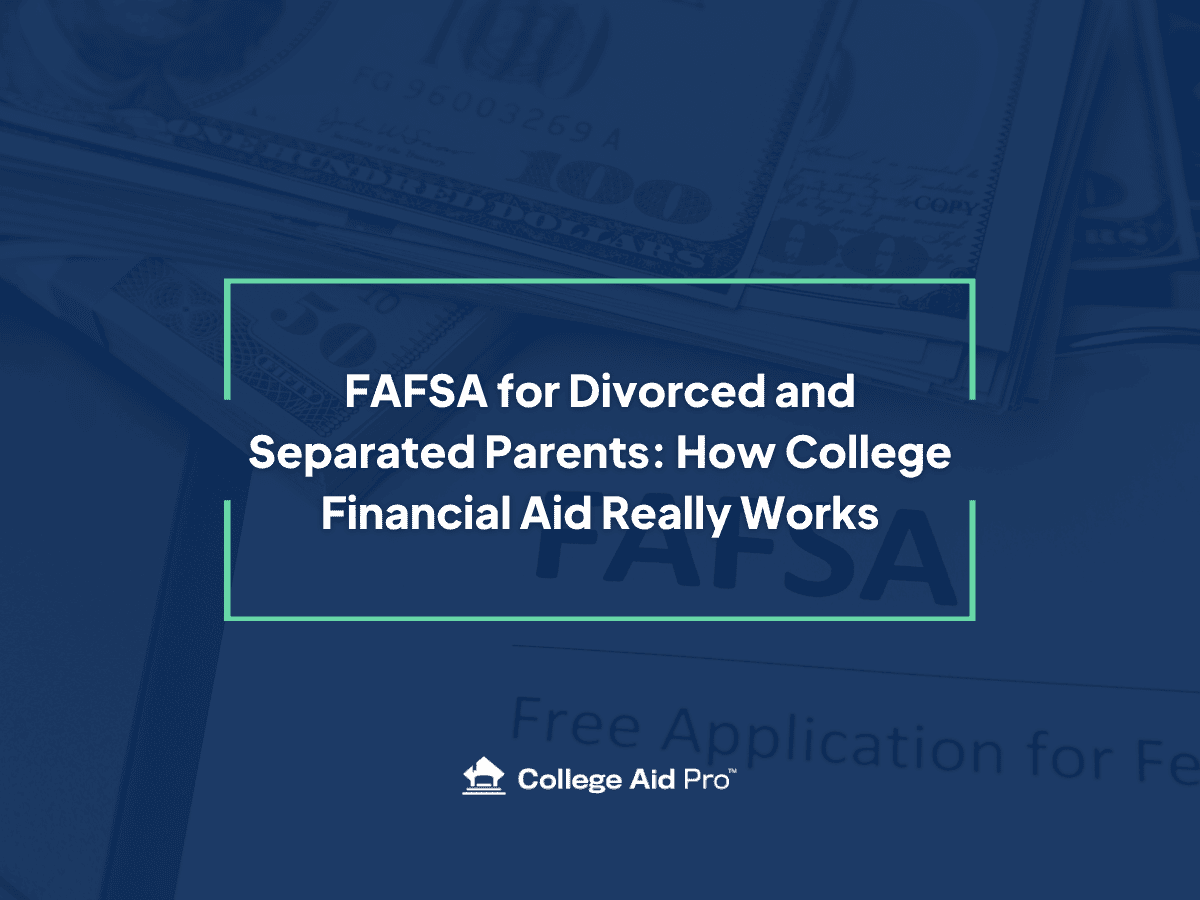College! Podcast Episode 10: Get to Know Our CEO & Our Plan to Fix the U.S. College System Part 2
The student loan crisis in America has reached a tipping point. With over $1.8 trillion in student debt, families across the country are burdened with college costs that far outweigh the return on investment. For too long, well-intentioned policies have led to unintended consequences—and it’s time to rethink the system. In a recent episode of the College! podcast, Matt Carpenter and Kevin Degnan tackled this complex issue head-on, laying the groundwork for a bold new framework: The Era of Accountability.
🎧 Missed the episode? Listen here
The Origins of the Student Debt Crisis
Degs takes us back to 1945, when the U.S. launched federal student loan programs to expand access to higher education. Inspired by the success of the GI Bill, the government aimed to produce more college-educated citizens to compete globally. The goal was noble: accessibility. And it worked—for a while.
Between 1945 and 1980, enrollment and graduation rates soared. But as Matt and Degs explain, this era of access gave way to what they call the “Era of Easy Money.” Colleges, fueled by billions in government-backed student loans, began raising tuition rates unchecked. And since student loans were guaranteed regardless of credit or income, higher education institutions faced no accountability for the cost—or the outcomes.
When Easy Money Turns Into Long-Term Debt
Today, federal student loans function more like blank checks. Every student is guaranteed at least $27,000 over four years, and parents can borrow unlimited PLUS Loans, even with low or no income. There are no guardrails—no consideration of a family’s financial health, no evaluation of a student’s ability to repay.
To make matters worse, these loans are almost impossible to discharge through bankruptcy. As Degs puts it, “If you’re not getting the value from this money, you’re on the hook for life—and you can never get rid of it.”
Market Forces Have Broken Down
College should be a marketplace where institutions compete based on value, affordability, and outcomes. But thanks to endless funding and lax oversight, colleges face no pressure to lower prices or prove their graduates succeed. Instead, they chase prestige—becoming, as Degs says, more like a Chanel bag than a service provider.
It’s not just a pricing problem. It’s a misalignment of incentives. As Matt notes, “There’s no real accountability. Even if students aren’t getting a return on investment, those checks keep coming.”
Introducing the Era of Accountability
So what’s the solution?
Matt and Degs outline a five-part framework to restructure college funding around accountability—without sacrificing accessibility:
- Reform Federal Lending
No more one-size-fits-all loans. Replace guaranteed loans with risk-based lending, similar to how banks issue mortgages. Evaluate each borrower’s ability to repay—and each college’s outcomes.Allow Student Loans in Bankruptcy
Treat student debt like other unsecured debt. This adds real consequences for lenders and forces them to underwrite more responsibly. - Hold Colleges Financially Accountable
Require schools to cosign or underwrite student loans, especially for degrees with low ROI. This will push schools to improve career outcomes or face the financial consequences. - Protect Accessibility Through Free Community Colleges and Trade Schools
States should offer tuition-free community colleges and trade programs, helping students who can’t afford traditional four-year paths to still pursue valuable education and skills. - Tax Large Endowments to Fund Access
Schools with massive endowments and ultra-low acceptance rates often act like for-profit entities while enjoying nonprofit tax breaks. Tie their tax status to accessibility and impact, and reinvest those tax dollars into free two-year and trade programs.
Changing the Narrative from Entitlement to Earned Opportunity
The goal isn’t to limit opportunity—it’s to align incentives, create transparency, and promote long-term success. Students who complete two years of community college with strong performance could earn “achievement grants” to transfer into four-year institutions debt-free. As Degs explains, “It’s not about entitlement. It’s about earning your way.”
A Blueprint for Reform—and a Call to Action
This is not just theory. The College Aid Pro team is drafting a position paper to formally present this framework and spark a national conversation. As Degs puts it, “Let’s not just burn things down—let’s rebuild it the right way.”
College funding should be transparent, accountable, and built for the real world. The era of blank checks and broken promises must end. It’s time to embrace a future where students, schools, and lenders all have skin in the game—and where college truly leads to a better life.
Want to learn more about college funding reform and solutions to the student debt crisis?
Subscribe to the College! podcast or visitCollege Aid Pro to stay informed and access expert resources.
If your family is heading into the college process, don’t go it alone. Explore MyCAP and see how we’re making college affordable for every student. Be sure to catch up on the Full Episode Here, new episodes drop every Thursday @ 12PM ET!



